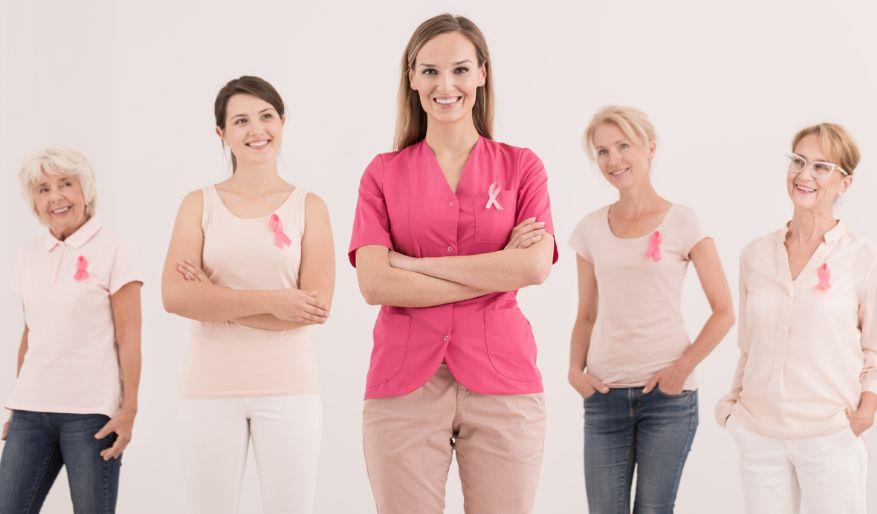Our Doctors
Meet all the doctors from Cleveland Clinic Abu Dhabi.
View Doctors
Follow these steps to ensure you are doing it properly

Every month, women should perform a breast self-examination to look and feel for any changes. This is an important part of breast health and will help you to notice anything that might be abnormal.
Self-examination shouldn't replace regular breast screening, such as a mammogram, but it can help to detect cancer earlier, when it is easier to treat. By looking at and feeling your breasts regularly, you will become more aware of anything that isn’t normal for you. Most changes won't be cancer, but it is important to always get them checked out by your doctor.
A self-exam should be performed every month, at the same time. If you are still menstruating, it should be done a few days after your period. Post-menopausal women, or those with irregular periods, should pick a day each month to do it. The exam takes just minutes to perform and can become a part of your daily schedule, such as during your morning shower. Every time you do it, you will become more familiar with what is normal and more aware of any changes.
Many women are afraid of getting self-examination wrong, and some avoid it completely. The team at Cleveland Clinic Abu Dhabi’s Breast Health Clinic share these useful steps to ensure you are doing it properly:
If you see or feel any of the following, always report it to your doctor:
Remember, monthly self-exams are an important part of your breast health. Whilst they shouldn’t replace regular screening and check-ups, they can help to detect cancer in the early stages when it is easier to treat.
Let’s tackle breast cancer one step at a time, together.